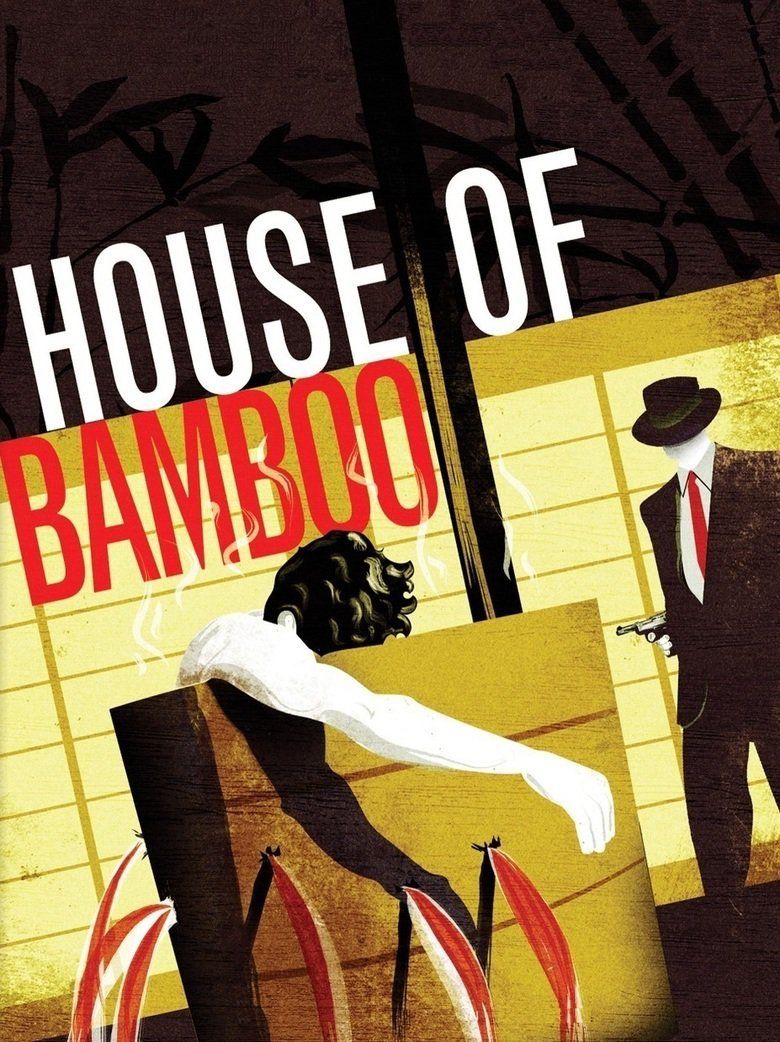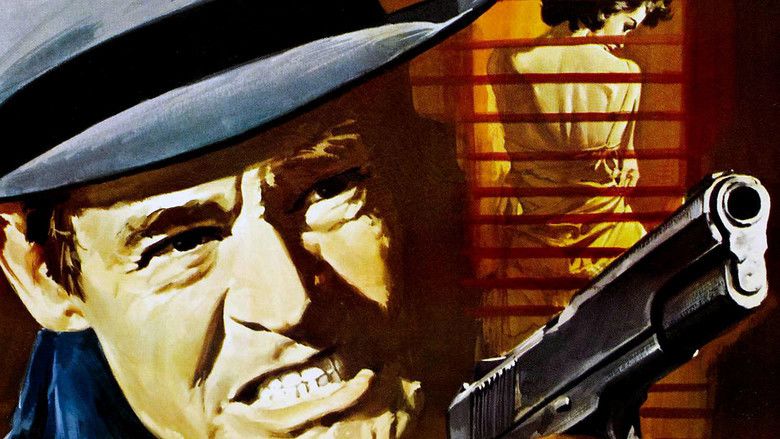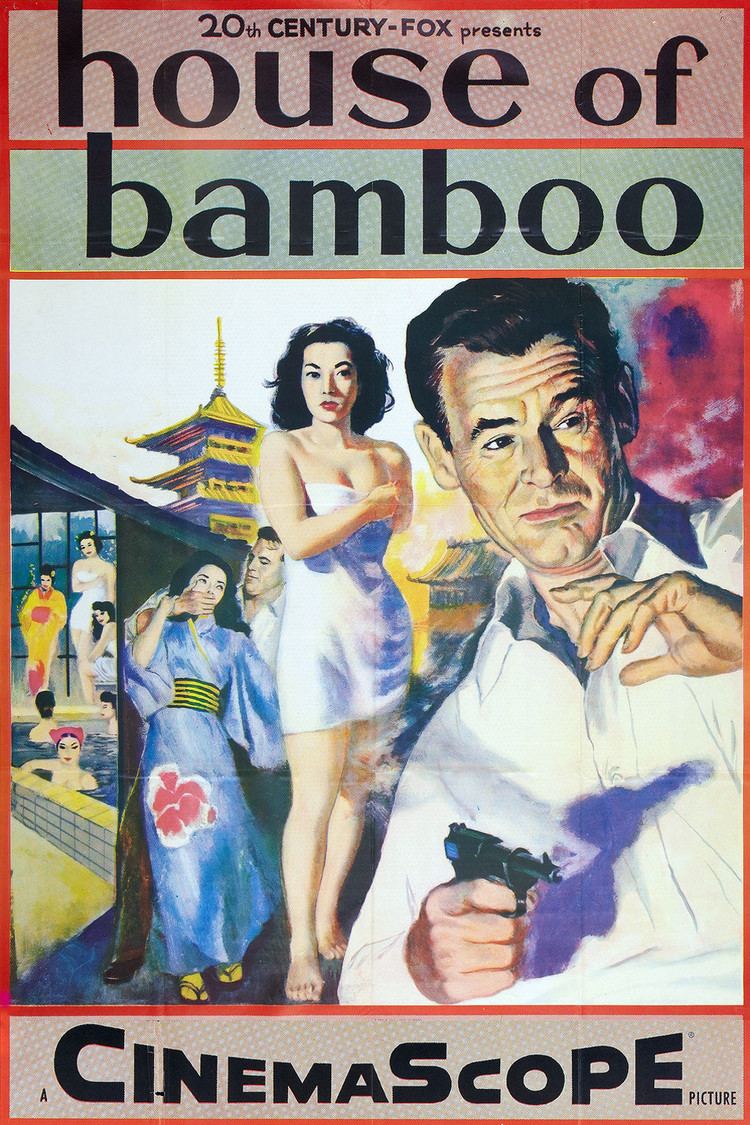House of Bamboo
7.8 /10 1 Votes7.8
86% Rotten Tomatoes Genre Crime, Drama, Film-Noir Duration Language English | 6.9/10 IMDb Country United States | |||||||||||||||||||||||||||||||||
 | ||||||||||||||||||||||||||||||||||
Release date July 1, 1955 (1955-07-01) (United States) Film series 20th Century Fox Film Noir Cast (Sandy Dawson), (Eddie Kenner), Shirley Yamaguchi (Mariko), (Griff), (Capt. Hanson), (Inspector Kito)Similar movies Rurouni Kenshin , Shinsengumi: Assassins of Honor , Kindaichi Kosuke vs Akechi Kogoro , The Great Passage , Dead Angle , Tokyo Twilight | ||||||||||||||||||||||||||||||||||
House of bamboo li xiang lan 1955
House of Bamboo is a 1955 American film noir shot in CinemaScope and DeLuxe Color. It was directed and co-written by Samuel Fuller.
Contents
- House of bamboo li xiang lan 1955
- House of bamboo
- Plot
- Cast
- Background
- Critical response
- References in other films
- References

The film is a loose remake of The Street with No Name (1948), using the same screenwriter (Harry Kleiner) and cinematographer (Joseph MacDonald).

House of bamboo
Plot
In 1954, a military train guarded by American soldiers and Japanese police is attacked as it travels between Kyoto and Tokyo. During the raid, which is carried out with great precision, an American sergeant is killed, and the train's cargo of guns and ammunition is stolen. The crime is investigated by Capt. Hanson, an American, and Japanese police inspector Kita, who, five weeks later, are concerned when a thief named Webber is shot with some of the stolen bullets. As Webber lies dying in a Tokyo hospital, he is questioned by Hanson and Kita, and although Webber was left for dead by his gang during a thwarted robbery, he refuses to implicate his cohorts, who presumably are responsible for the earlier crime. Webber, who is also an American, does reveal, however, that he is secretly married to a Japanese woman named Mariko. Among Webber's possessions is a letter from an American named Eddie Spanier, who wants to join Webber in Japan after his release from a U.S. prison.
Three weeks later, Eddie arrives in Tokyo and finds Mariko, who is initially afraid that he is one of the men responsible for her husband's death. Eddie gains Mariko's trust with a photograph of himself and Webber, then warns her to keep quiet about her marriage so that she will not be in danger from Webber's killers. Later, Eddie goes to a pachinko parlor, in which patrons gamble on intricate machines similar to pinball machines. There, Eddie attempts to sell "protection" to the manager, but when he tries the same tactic at another such parlor, he is beaten and warned to leave by racketeer Sandy Dawson and his henchmen, Griff, Charlie, Willy and Phil. Intrigued by Eddie's presence in Japan, Sandy arranges for him to be arrested, and Sandy's secret informer, who is connected to the police department, obtains Eddie's rap sheet. Convinced of Eddie's aptitude for crime, Sandy invites him to join his gang, which consists of former American servicemen who have been dishonorably discharged. After his acceptance into the gang, Eddie secretly meets with Kita and Hanson, for whom he is working undercover. Needing help from someone he can trust, Eddie asks Mariko to live with him as his "kimono girl," although he does not reveal his identity as a military police investigator. Hoping to discover who killed her husband, Mariko resides with Eddie despite being ostracized by her neighbors, who do not know that her relationship with the foreigner is platonic. As time passes, Sandy grows to trust Eddie, although Eddie is shocked during a robbery when a wounded gang member is killed by Griff to prevent him from talking. Eddie is also wounded, but Sandy makes an exception to his rule of killing fallen men and saves him.
Eddie finally informs the worried Mariko that his real name is Sgt. Kenner, and that he is investigating Sandy. Meanwhile, Griff, Sandy's "ichiban" or "number one boy", becomes jealous of Sandy's reliance upon Eddie, and Sandy relieves the hot-headed Griff of his duties. The next day, Mariko, who has fallen in love with Eddie, notifies Kita and Hanson about a planned robbery, but Sandy's informant, reporter Ceram, warns him that the police are poised to capture him. After the robbery is aborted, Sandy kills Griff, whom he mistakenly assumes tipped off the police. Ceram informs Sandy of his mistake, and Sandy retaliates by setting Eddie up to be killed by the Japanese police during a robbery of a pearl broker. When the plan fails, Sandy is chased by the police up to a rooftop amusement park, but after an intense gunfight, Eddie succeeds in shooting and killing Sandy. Later, wearing his military uniform, Eddie walks with Mariko in a Tokyo park.
Cast
Background
The narration at the film's beginning tells the viewer that the film was photographed entirely on location in Tokyo, Yokohama, and the Japanese countryside. At movie's end, an acknowledgments credit thanks "the Military Police of the U.S. Army Forces Far East and the Eighth Army, as well as the Government of Japan and the Tokyo Metropolitan Police Department" for their cooperation with the film's production.
The film was one of a number of 20th Century Fox movies produced by Buddy Adler being shot on location in Asia around this time. Others included Soldier of Fortune and Love is a Many Splendored Thing.
Fuller, Stack and Yamaguchi arrived in Japan on 26 January 1955.
Critical response
The staff of Variety magazine wrote of the film, "Novelty of scene and a warm, believable performance by Japanese star Shirley Yamaguchi are two of the better values in the production. Had story treatment and direction been on the same level of excellence, House would have been an all round good show. Pictorially, the film is beautiful to see; the talk's mostly in the terse, tough idiom of yesteryear mob pix."
Film critic Keith Uhlich believes the film is an excellent example of wide-screen photography. He wrote in a review, "Quite simply, House of Bamboo has some of the most stunning examples of widescreen photography in the history of cinema. Traveling to Japan on 20th Century Fox's dime, Fuller captured a country divided, trapped between past traditions and progressive attitudes while lingering in the devastating aftereffects of an all-too-recent World War. His visual schema represents the societal fractures through a series of deep-focus, Non-theatrical tableaus, a succession of silhouettes, screens, and stylized color photography that melds the heady insanity of a Douglas Sirk melodrama (see, as an especial point of comparison, Sirk's 1956 Korea-set war film Battle Hymn) with the philosophical inquiry of the best noirs."
Interestingly, for many years after its initial release, the film was only seen on TV in pan-and-scan prints, leading people to believe that DeForest Kelley has a small role near the end of the film. When Fox finally struck a new 35mm CinemaScope print for a film festival in the 1990s, viewers were surprised to see that Kelley was in the film all the way through—he was just always off to one side and thus had been panned out of the frame.
References in other films
A scene from House of Bamboo is briefly shown prominently, but enigmatically, in the 2002 film Minority Report.
References
House of Bamboo WikipediaHouse of Bamboo IMDbHouse of Bamboo Rotten TomatoesHouse of Bamboo themoviedb.org
